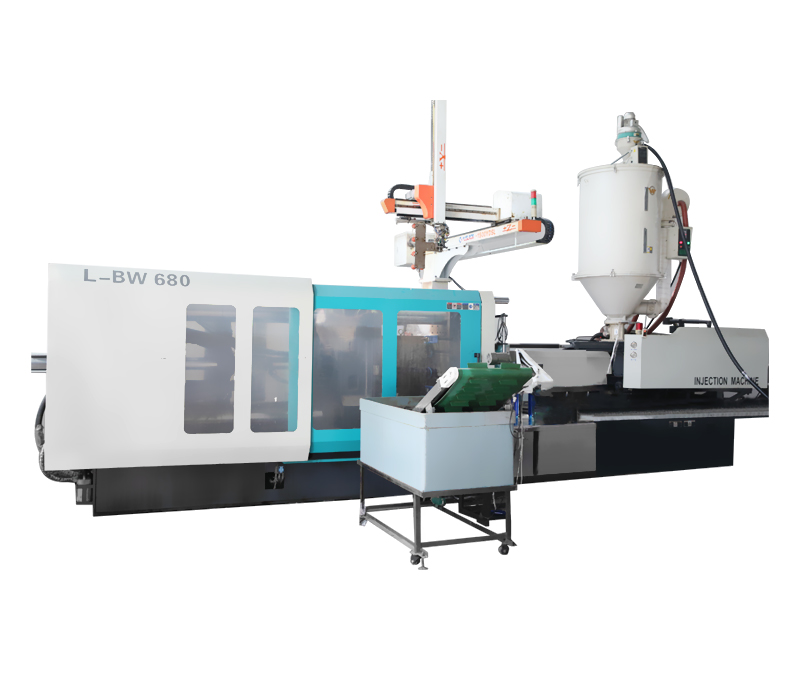The injection machine is used to make plastic parts. The hopper will feed the plastic pellets, and the screw will melt and collect the molten plastic in front of it. Once the desired amount of molten plastic is accumulated, the injection process will begin. The machine controls the speed of the screw, the injection pressure, and the dwell time. The position of change from speed control to pressure control is set at the position of the screw.
Polymers have many units that are chemically bonded together, and they are the basis for many synthetic materials. A typical injection machine has a retainer plate that holds the mold parts. The machine also has a runner system, which channels the melted plastic through a mold. The ram will push the melted plastic into a mold. The machine will then spray a release agent onto the mold so that it will flow into the mold.
The injection machine requires a precise temperature to melt plastic, which is best for PP and HDPE. Using a hand lever to pump the plastic into the mould, the Injection machine will take 5-10 minutes to melt the material. Then, it will cool the plastic, which can take a few minutes. If the plastic does not melt completely, it will cool quickly by adding water. Once the product has cooled, it will be recycled.
When the plastic has finished cooling, it is time for post processing. Once the injection molding cycle is complete, the material that is attached to the part will solidify. The excess material must be removed by cutters, and the thermoplastic trimmings can be recycled. A plastic grinder, or "granulator," will grind the scrap material into pellets. Then, the regrind will be mixed with the raw material in the proper proportion. Finally, the machine will release the plastic part.
The temperature of plastic is a function of the residence time in the cylinder. The colder the material is closer to the injection piston, the less force it will have. Because of this, a significant amount of the force is lost trying to push the material through the colder material. This is known as "granular zone pressure loss." It's not uncommon for only half the pressure available to fill a mold cavity. But for some products, a low injection rate is crucial.
The most important advantage of an injection molding machine is its ability to produce complex shapes and parts with minimal wall thickness. The process produces less scrap than complex machining and investment casting. If you're looking for a low-cost way to manufacture complex plastic parts, an injection molding machine can meet your requirements. It's a good investment. But be sure to do your homework and do some research before you make a final decision. And don't forget to look for quality and cost-effectiveness when making this decision.

 English
English Español
Español



.jpg?imageView2/2/w/300/h/300/format/webp/q/75)








